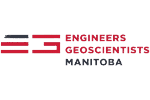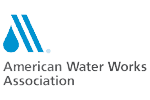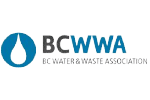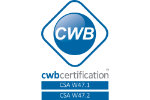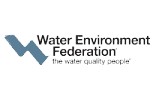Membrane Bioreactor
Designed to treat municipal or industrial waste streams for the removal of biochemical oxygen demand (BOD), total suspended solids, total nitrogen, ammonia and phosphorous, the AWC membrane bioreactor (MBR) plant achieves very high re-use quality water and can handle a wide variation in loading and flow rates. Automation and flexible operating parameters deliver a cost-effective, trouble-free treatment process. Available in flat-panel, hollow fiber or pressurized configurations, each AWC MBR system is custom designed to meet effluent parameters / discharge requirements.
Features:
- Wide selection of membrane types, materials and manufacturers available
- Compact footprint, relative to other technology options
- Robust, proven technology
- Available in a wide range of configurations to align with treatment objectives
- Available in package plant or site-constructed project delivery methods
Moving Bed Bioreactor
Moving bed bioreactor (MBBR) technology is simple to operate, has a compact footprint and increases capacity. It is a biological system that uses plastic (HDPE) media to support attached growth biofilms. Due to the high biomass concentration, it achieves efficient biochemical oxygen demand (BOD) and ammonia removal. MBBR is ideally used with dissolved air flotation (DAF) clarifiers contributing to an even smaller footprint and improved effluent quality.
Features:
- Minimal operational requirements
- Robust, proven technology
- Available in a variety of configurations, depending on treatment objectives
- Seamlessly integrates with other AWC treatment steps (pre-treatment, clarification, etc.)
- Improves clarifier performance with no return activated sludge
- Suitable for high BOD applications


